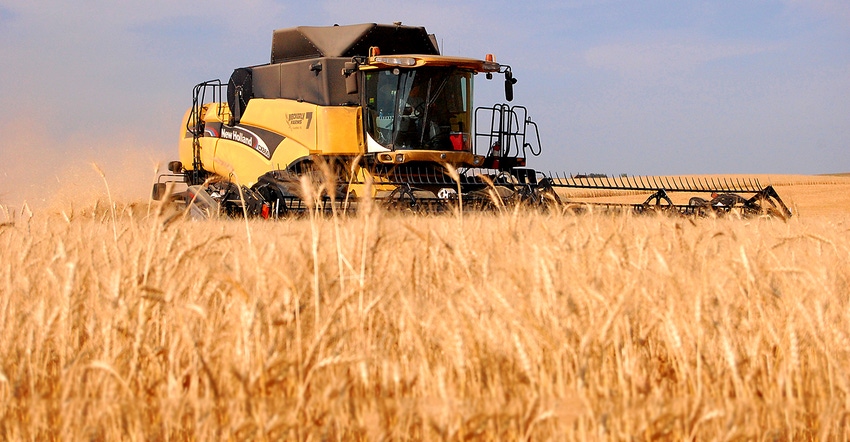November 24, 2017

By Jim Peterson
The 2017 production year for hard red spring (HRS) wheat producers in the U.S. was highly volatile, and many questions still remain over final production estimates. Producers in the western part of the main four-state spring wheat production region of Montana, South Dakota, Minnesota and North Dakota faced moderate to severe drought conditions as the season unfolded, and production prospects diminished. In the eastern half of the region, a number of producers faced somewhat drier than normal conditions, but no significant drought. Some areas even attained record yields.
Based on the latest USDA estimate, the 2017 U.S. HRS crop is pegged at 385 million bushels, roughly 20% below the 2016 crop, and the smallest in the past 15 years. However, the latest estimate is still viewed with some skepticism, especially for harvested acres. The current production total is based on roughly 9.4 million harvested acres and a yield of 41 bushels per acre. In 2016, 10.4 million acres were harvested and the yield reached 47.3 bushels per acre. The level of abandoned or unharvested acres in 2017 is estimated at roughly 10% nationally, compared to just 4.5% in 2016. By state, the percent of unharvested acres is 2.5% in Minnesota, 5% in North Dakota, 8% in Montana and 31% in South Dakota. It is the estimates in North Dakota and Montana that are drawing the most skepticism from producers, as many areas had a significant share of acres harvested as hay.
As the marketing year progresses, the quarterly stock estimates will help the market better define if current production estimates are too high. The larger than anticipated crop estimate has put a much lower value on the crop than what was expected mid-summer. Current cash prices for producers are in the mid to upper $5 per bushel range, higher than levels of the past two crops, but certainly well below July levels.
Overall demand in 2017 is projected lower by USDA at 531 million bushels, compared to 570 million a year ago. Domestic use is projected higher, 266 million bushels compared to 249 million, as domestic mills are anticipated to use more HRS to offset the second year of below average protein in the hard red winter crop. Exports are projected to fall from 321 million in 2016 to 265 million in 2017, about 17% lower. The current export sales pace for U.S. HRS is running about 10% lower. Below average protein in the 2017 Canadian spring wheat crop may give U.S. exports an advantage with key customers, propelling a higher export projection by USDA later this winter.
Ending inventories of U.S. HRS are anticipated to fall by 30-40% from levels of the past two years. This is supporting a continued class premium of roughly $2 per bushel for HRS producers. Still, the base price of wheat in the world market has been under pressure from robust crops in the Black Sea region, improved EU exportable supplies and larger than normal stocks of mid to low protein wheat in the United States. Recently, quality and production concerns in the Brazilian, Argentine and Australian crops, as well as expectations for another year of record low wheat plantings in the U.S. for 2018, are beginning to lend some support. Hopefully these concerns, and the fact that high protein quality wheat supplies in the world will continue to tighten into early 2018, will add further support to prices.
Peterson is marketing director for the North Dakota Wheat Commission.
You May Also Like




